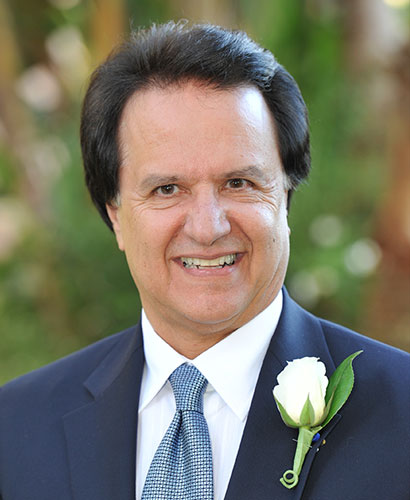Abstract
This talk will provide the participants with a novel way to understand the fundamental concepts behind modern antenna measurements and, in particular, the near field measurements and diagnostic techniques. Starting from Marconi’s first antenna pattern measurements, we then suggest planar near-field measurements as an educational paradigm linking electromagnetic theory, sampling techniques, and FFT. Starting from the basic electromagnetic principles, the underlying concepts governing simulations, designs and operations of planar-near field measurements and diagnostics techniques will be reviewed. Modern measurement schemes such as plane-polar and bi-polar scanning will be highlighted. Advances in applying these techniques to millimeter-wave measurements will be reviewed. Representative measurement results of reflector, array and reflectarray antennas will be presented. The importance of near field diagnostic techniques will be discussed through some unique test cases. Finally, the topic of phaseless measurement techniques and algorithms will be touched upon demonstrating the potential applications of these techniques in modern antenna measurements. It is the intent of this talk to expose the students to the fun world of antenna metrology, where they can get hands-on experience in a number of related fields.
Biography
Yahya Rahmat-Samii is a Distinguished Professor, holder of the Northrop-Grumman Chair in electromagnetics, member of the US National Academy of Engineering (NAE), winner of the 2011 IEEE Electromagnetics Field Award and the former chairman of the Electrical Engineering Department at the University of California, Los Angeles (UCLA). Before joining UCLA, he was a Senior Research Scientist at Caltech/NASA's Jet Propulsion Laboratory. Dr. Rahmat-Samii was the 1995 President of the IEEE Antennas and Propagation Society and 2009-2011 President of the United States National Committee (USNC) of the International Union of Radio Science (URSI). He has also served as an IEEE Distinguished Lecturer presenting lectures internationally.
Dr. Rahmat-Samii is a Fellow of the IEEE, AMTA, ACES, EMS and URSI. Dr. Rahmat-Samii has authored or co-authored over 1000 technical journal articles and conference papers and has written over 35 book chapters and five books. He has over fifteen cover-page IEEE publication papers. In 1984, he received the Henry Booker Award from URSI, which is given triennially to the most outstanding young radio scientist in North America. In 1992 and 1995, he received the Best Application Paper Prize Award (Wheeler Award) of the IEEE Transactions on Antennas and Propagation. In 1999, he received the University of Illinois ECE Distinguished Alumni Award. In 2000, Prof. Rahmat-Samii received the IEEE Third Millennium Medal and the AMTA Distinguished Achievement Award. In 2001, Rahmat-Samii received an Honorary Doctorate Causa from the University of Santiago de Compostela, Spain. In 2001, he became a Foreign Member of the Royal Flemish Academy of Belgium for Science and the Arts. In 2002, he received the Technical Excellence Award from JPL. In 2004, he received the 70th Anniversary of the Faculty of Engineering of University of Tehran Distinguished Alumni Award. He received the 2005 URSI Booker Gold Medal presented at the URSI General Assembly. He is the recipient of the 2007 Chen-To Tai Distinguished Educator Award and the 2009 Distinguished Achievement Award of the IEEE Antennas and Propagation Society. He is the recipient of the 2010 UCLA School of Engineering Lockheed Martin Excellence in Teaching Award and the 2011 campus-wide UCLA Distinguished Teaching Award. In 2015, he received the Distinguished Engineering Educator Award from The Engineer’s Council. In 2016, he received the John Kraus Antenna Award of the IEEE Antennas and Propagation Society and in 2017, Rahmat-Samii received the ACES Computational Electromagnetics Award.
Prof. Rahmat-Samii has had pioneering research contributions in diverse areas of electromagnetic and antennas, antenna measurements and diagnostics techniques, numerical and asymptotic methods, satellite and personal communications, human/antenna interactions, RFID and implanted antennas in medical applications, frequency selective surfaces, electromagnetic band-gap structures, applications of the genetic algorithms and particle swarm optimizations, etc., His original antenna designs are on many NASA/JPL spacecrafts for planetary, remote sensing and Cubesat missions (visit http://www.antlab.ee.ucla.edu/). Prof. Rahmat-Samii is the designer of the IEEE AP-S logo which is displayed on all IEEE AP-S publications.



